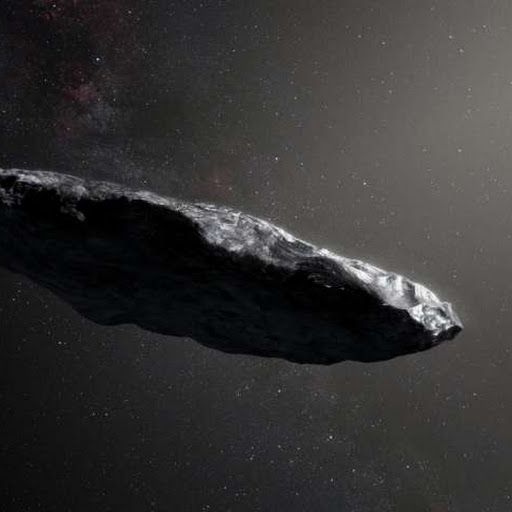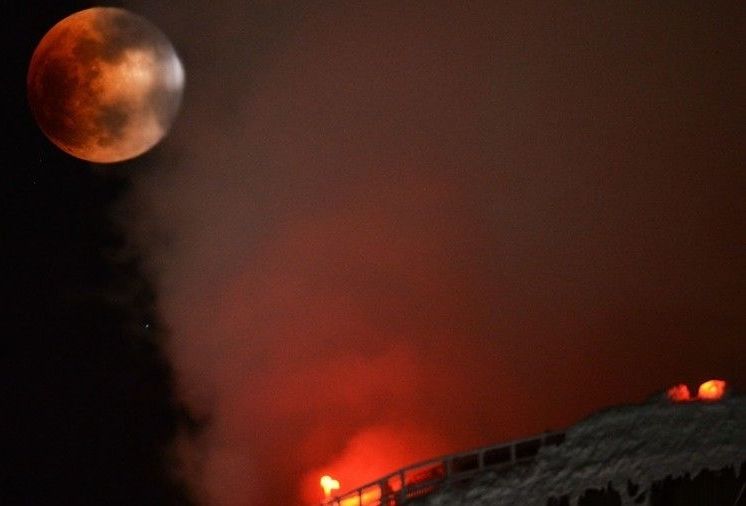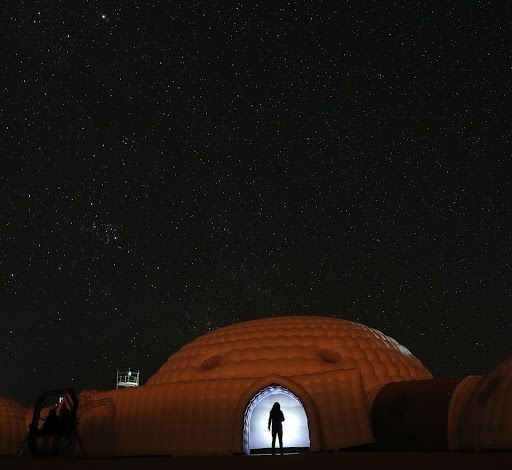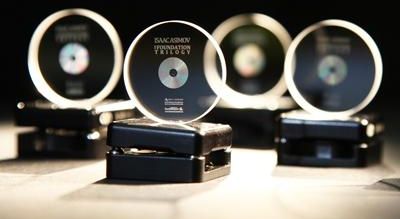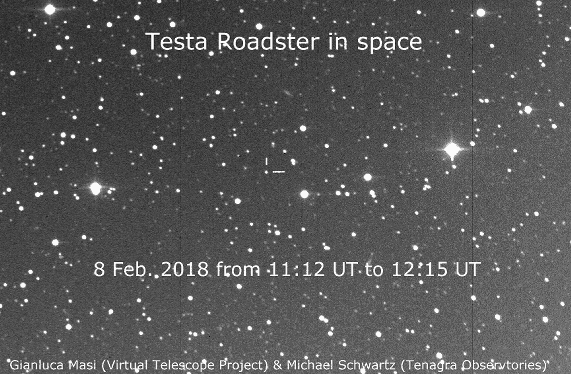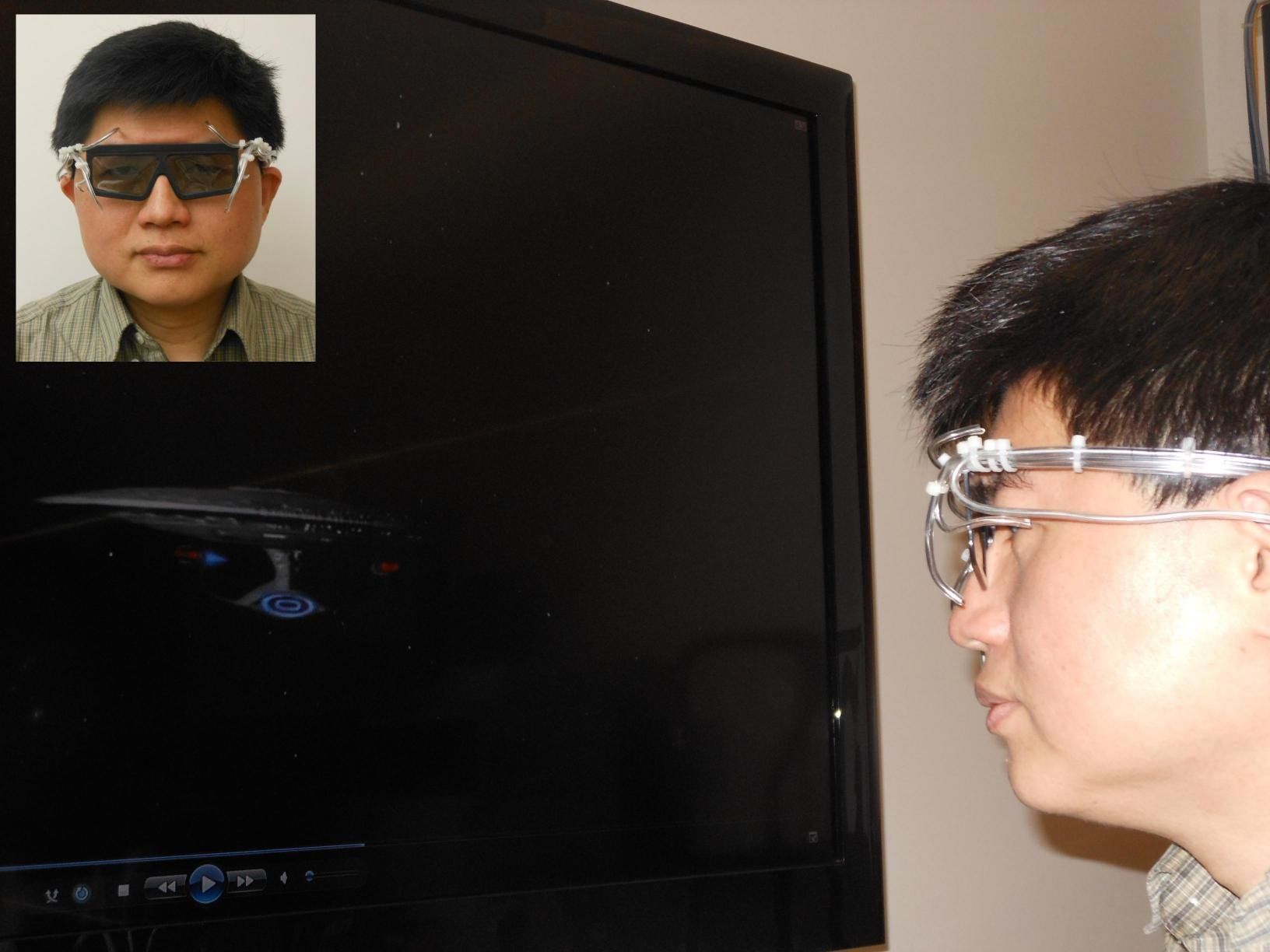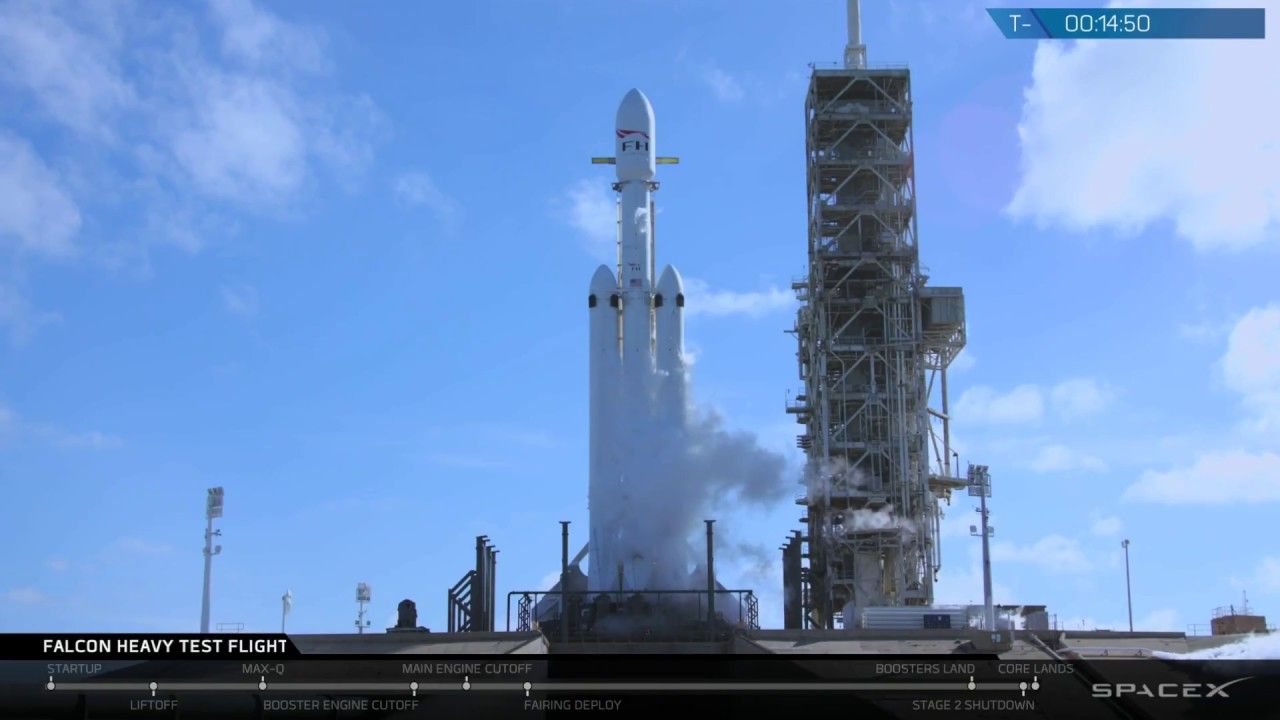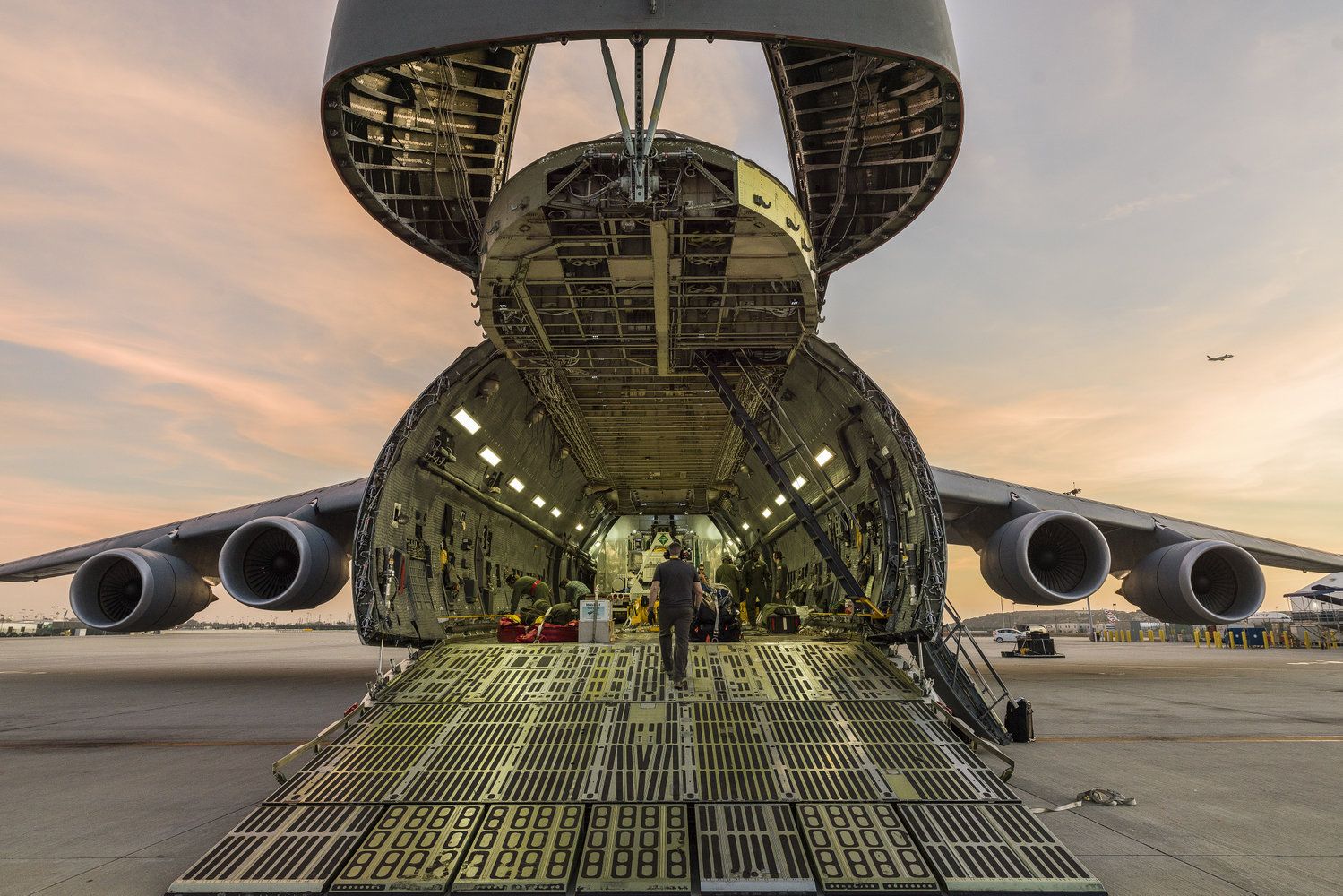The first discovered interstellar visitor to our solar system has had a violent past, which is causing it to tumble around chaotically, a Queen’s University Belfast scientist has discovered.
Category: space travel
Physicists have demonstrated accelerating light beams on flat surfaces.
Where acceleration has caused the beams to follow curved trajectories.
However, a new experiment has pushed the boundaries of what’s possible to demonstrate in a lab. For the first time in an expeirment, physicists have demonstrated an accelerating light beam in curved space. Instead of traveling along a geodesic trajectory (the shortest path on a curved surface) it bends away from this trajectory due to the acceleration.
A former senior executive of Russia’s United Rocket and Space Corporation has proposed to introduce a voluntary payment that would allow a fully independent national moon program as well as a new orbital research station.
The author of the proposal, Valentin Uvarov, is now an independent expert in the sphere of space research, but in 2014–2016 was head of the Directorate of Manned Space Complexes at the United Rocket and Space Corporation. In 2016–2017, Uvarov headed the Department of Commercial Projects in Manned Space Research at the same corporation.
In his open letter, published by the Izvestia daily, Uvarov wrote that according to his calculations the implementation of both the moon program and the new orbiting research station would cost the Russian budget about $38 billion or 2.13 trillion rubles. He then proposes to split to overall sum into 100 million parts (a very rough estimation of economically active people in the Russian Federation) and then introduce a schedule of equal monthly payments over the 15-year period. The result is a relatively modest 120 rubles per person per month or about $2.15.
Maybe it’s because Robert Lepage is touring The Far Side of the Moon to the Adelaide Festival. Or that a new Star Trek is on TV. Or maybe it’s because I feel like the only person alive who really – really – liked Luc Besson’s Valerian, but space, fantasies of the final frontier, and the real voyages that human beings may yet dare to make into it are very much on my mind. This week saw a number of news items concerning our tentative outreach to the stars that, for all their frustrating revelations, might yet prick the aspiration for space missions back into the popular policy consciousness…
A so-called ‘Starman,’ which is a life-size mannequin wearing a production version of the SpaceX crew spacesuit; a miniature car created by Hot Wheels to commemorate the Roadster and its primary passenger; and something called an Arch (pronounced “Ark”), which is not so easy to summarily describe.
The Arch on board is a data crystal (sort of like a Jedi Holocron if you’re mad for Star Wars lore) that contains all three books from Isaac Asimov’s classic Foundation trilogy. It’s actually a modest amount of data relative to the possibilities of the storage medium – in this case, a quartz silica structure which, using 5D optical storage techniques, can eventually achieve a max storage capacity of 360 terabytes on a disk just 3.75 inches in diameter.
But why shoot a tiny quartz disc into space? Why Foundation, and why aboard the Falcon Heavy, the crowning achievement of Elon Musk’s SpaceX private launch venture thus far?
The successful launch of the new rocket, the Falcon Heavy, by SpaceX from the Kennedy Space Centre in Florida into a Mars orbit around the Sun, has captured the world’s imagination and attention mainly because of its power but also because of its payload.
Famously aboard the spacecraft is a Tesla Roadster, owned by SpaceX CEO Elon Musk, but joining the bright red sports car on its journey around our solar system is the Arch Library, created using 5D optical storage technology developed by Professor Peter Kazansky and his team at the University of Southampton’s Optoelectronics Research Centre.
This first Arch library (pronounced Ark) – known as the Solar Library — contains the Foundation Trilogy of science fiction books written by Elon Musk’s favourite American author, Isaac Asimov… Archs are the vision of the Arch Mission Foundation which wants to permanently preserve and disseminate human knowledge as part of an ‘Encyclopedia Galactica’ across time and space for the benefit of future generations.
A team of researchers at UC San Diego and San Diego State University has developed a pair of “4D goggles” that allows wearers to be physically “touched” by a movie when they see a looming object on the screen, such as an approaching spacecraft.
The device was developed based on a study conducted by the neuroscientists to map brain areas that integrate the sight and touch of a looming object and aid in their understanding of the perceptual and neural mechanisms of multisensory integration.
But for the rest of us, the researchers said, it has a more practical purpose: The device can be synchronized with entertainment content, such as movies, music, games and virtual reality, to deliver immersive multisensory effects near the face and enhance the sense of presence.
The Falcon Heavy is finally on its way to mars and this rocket has had its fair share of delays. Elon Musk gave us a first glimpse of the rocket a couple of months ago and then a little later announced the unique cargo that it would be carrying. At the start of this year, he announced that the rocket will be launched within the first month but there were more unexpected delays and things finally got back on track as it completed the static test last week.
The Falcon Heavy Rocket launched its test flight successfully from the Kennedy Space Center in Florida. Millions of fans from all around the globe watched the launch go off without a hitch. The Falcon Heavy has 27 engines which give a thrust equal to 18 Boeing (BA) 747 jetliners making it the biggest rocket ever made. “It’s the biggest rocket in the world by far,” SpaceX CEO Musk told CNN’s Rachel Crane on Monday.
NASA’s James Webb Space Telescope has arrived in California for final assembly in preparation for launch in 2019.
The two halves of the James Webb Space Telescope (Webb) arrived at Northrop Grumman Aerospace Systems’ Space Park facility in Redondo Beach, California, on Feb. 2, after being transported from NASA’s Johnson Space Center in Houston, according to a statement from NASA. Later this summer, the optical telescope and integrated science instrument module (OTIS) will be combined with the Telescope’s spacecraft element; together they will officially become the Webb observatory.
